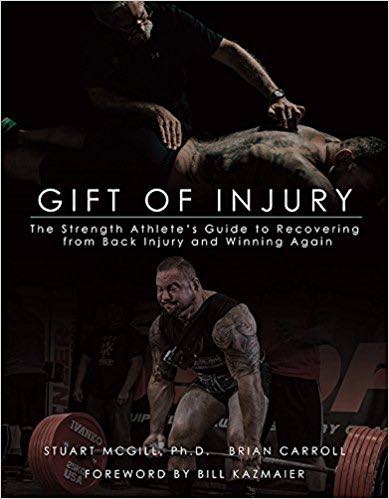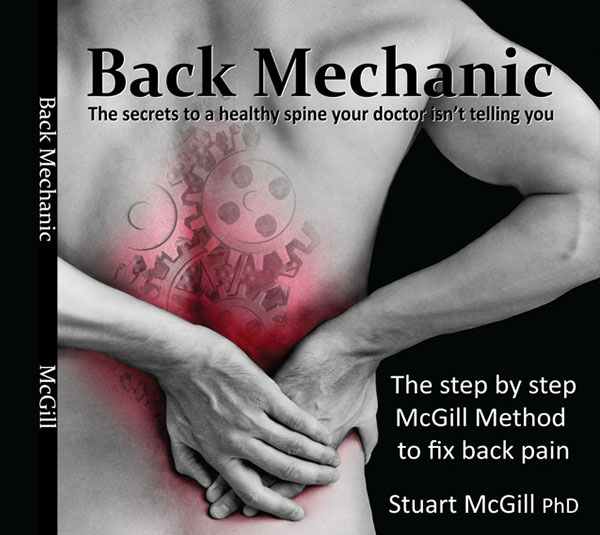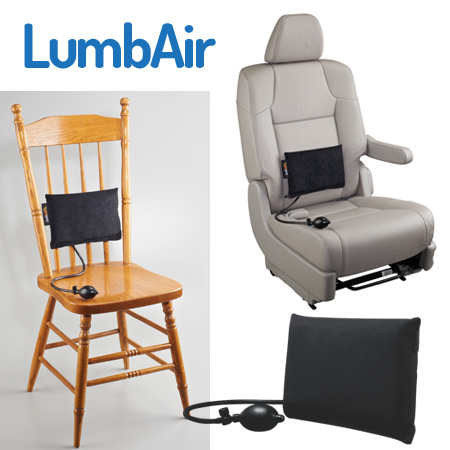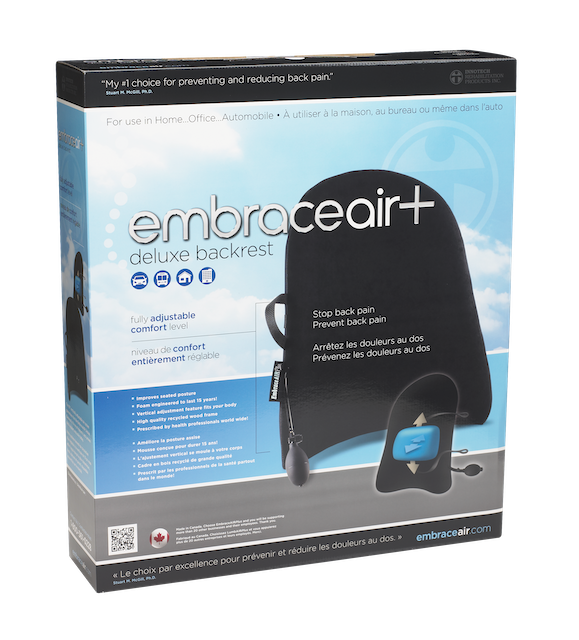17 Oct When MRI Lies: The Truth About Annular Tears and Asymptomatic Pain
Article Rundown
- Disc bulges and annular tears are dynamic and can cause shifting, unpredictable pain.
- MRIs often miss active pain sources because they’re taken while the spine is unloaded.
- Proper assessment and spine hygiene—not surgery—resolved the client’s symptoms.
- Pain-free function matters more than how an MRI looks; treat the person, not the picture.
The Truth About Annular Tears and Asymptomatic Pain
In today’s case, I want to highlight an example that perfectly illustrates why you can’t judge back pain—or the lack of it—by an MRI alone. This lifter came to us with years of stabbing lower-back pain that would radiate into the glute and hamstring, but the location and intensity constantly shifted. Some days, he was fine; others, he couldn’t even function.
Most doctors hear that kind of story and think the person’s crazy. They’re not. They just need a proper biomechanical assessment.
Why Pain Moves — and Why Doctors Miss It
Oftentimes, disc bulges or disc lesions are dynamic, not static. They can change shape and position depending on posture, load, and time of day. Lying on your back during an MRI—when the spine is unloaded—often hides the real issue because the position doesn’t provoke symptoms.
This client’s MRI showed an annular tear (open fissure disc bulge, as some would call it) and a disc bulge between L4 and L5, with other minor bulges above and below. Those tears (there are 3 different, but to keep it simple, we won’t deep dive) occur in the collagen fibers that wrap the disc between vertebrae, and when they split, the gel-like nucleus seeps through, and the body triggers both a biomechanical and biochemical response—often leading to inflammation, muscle guarding, and nerve irritation.
People who do a lot of twisting—athletes, manual laborers, or those who train with poor form—are prime candidates for these injuries. The pain might come and go because it depends on how that tear reacts to movement.
The Assessment That Changed Everything
When this lifter came in, he’d already been through years of frustration. He’d seen multiple professionals, been offered surgery, and even told about a “sealant” procedure to glue the tear shut. None of it addressed why his back was breaking down. NOTE: Disc seal can be useful, but should not be the first thing thrown at an annular tear.
The assessment showed that twisting, rotation, and flexion were all pain generators. Extension, on the other hand, relieved pressure and eased symptoms. Once I understood his pain triggers and cross-referenced them with the MRI, it all made sense.
Looking through his scans, we saw multiple bulges and tears—some mild, others more pronounced—but only certain levels were causing pain. The L3–L4 segment was the worst offender, with a central annular tear pressing directly toward the spinal cord.
Understanding the MRI — and Why It’s Not the Full Story
If you looked at his MRI report alone, you’d think it was mostly unremarkable. The radiologist listed several disc issues, but didn’t connect them to his symptoms. That’s common because MRIs show structure, not function.
When we reviewed the axial and sagittal cuts, we saw clear displacement of nerve roots, some fragmenting, and narrowing on both sides. There were signs of thickened ligaments from years of flexion and extension cycles—classic adaptive changes in someone who’s been in pain for a long time.
But here’s the key: just because something shows up on the MRI doesn’t mean it’s the cause of pain. And sometimes, the structure that “looks fine” on imaging is the one creating the symptoms.
The Fix: Remove the Cause and Restore Control
Once we removed the pain generators—flexion, twisting, and repetitive mobilization—and replaced them with proper spine hygiene, everything changed.
We taught him how to maintain a neutral spine, brace the core, and eliminate unnecessary motion. Some gentle tummy-lying positions, nerve flossing, and core stiffening drills restored control and stability. Over time, the stabbing pain faded, the radiating symptoms resolved, and his mood and confidence came back.
The Follow-Up MRI: Proof That Pain Isn’t the Picture
Months later, he returned pain-free, so we ordered a follow-up MRI out of curiosity. Ironically, it looked worse. The annular tear at L4–L5 had grown slightly larger and lighter, more hyperintense, while the others had become less inflamed, healed, or stiffened up.
But here’s the takeaway: he had zero symptoms.
This is the best example of why we don’t chase pictures—we chase pain. MRI findings might look “ugly,” but if you’re pain-free and functional, you’re winning.
The Lesson
The MRI is a tool, not a verdict. It can show scars, tears, and inflammation, but it can’t tell you which are active pain generators and which are just part of your body’s history.
That’s why the assessment matters more than imaging. If in doubt, go with what the assessment and the symptoms say—not what the still picture of a motionless spine suggests.
This case shows exactly why we treat people, not pictures.










Sorry, the comment form is closed at this time.